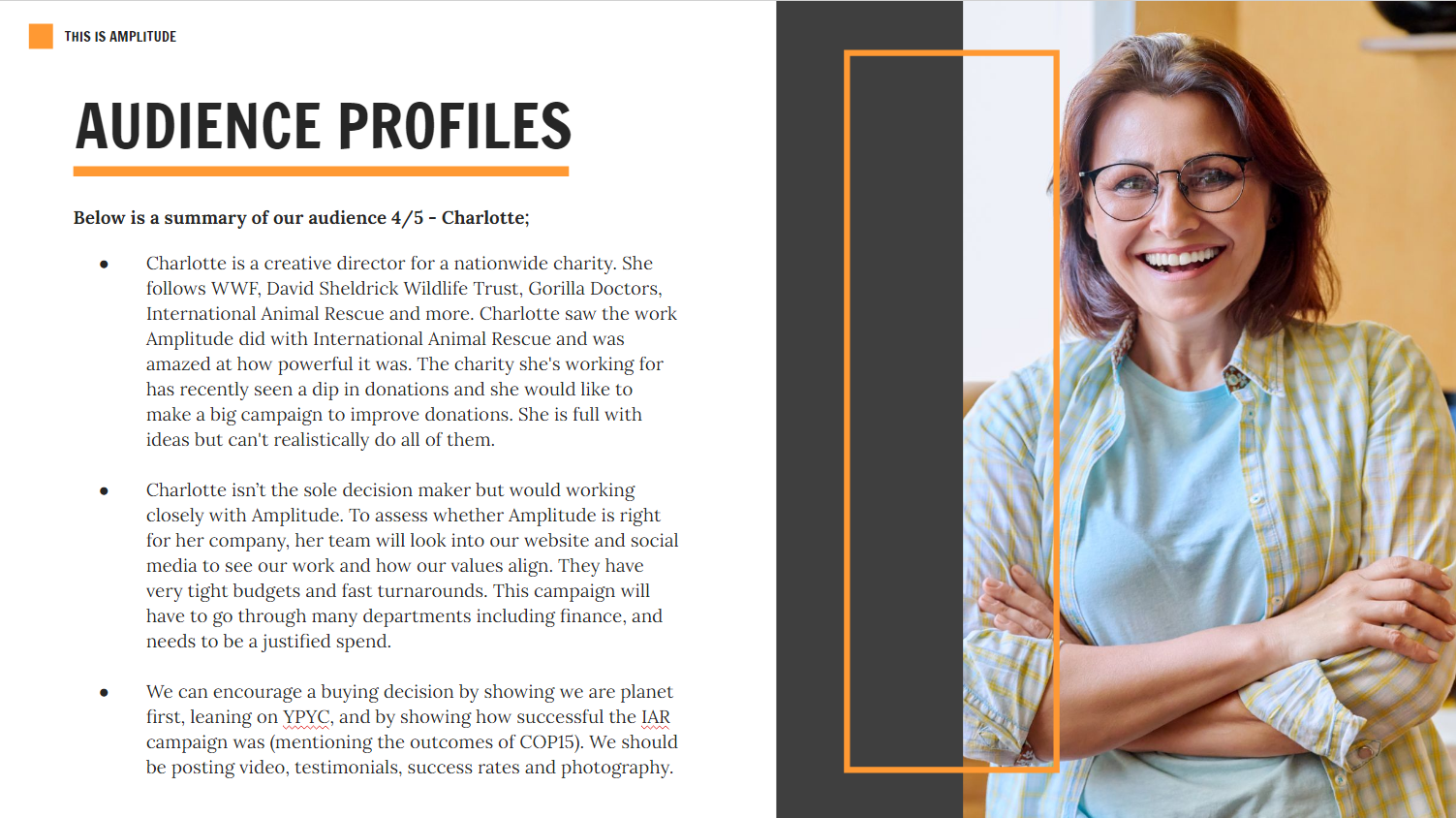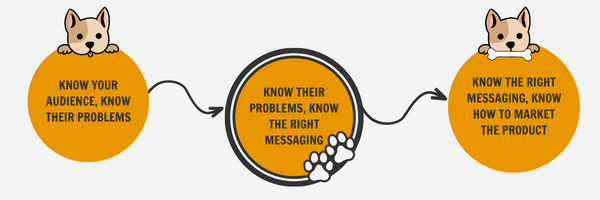The Importance of a Clearly Defined Audience
Customer profile, target audience, audience profile, target market. These terms are often thrown around our offices, but they’re more important than people realise. You could have an amazing product, but what’s the use in shouting about them, if you don’t have someone to shout to? This is where audience definition comes in.
Why define your audience?
Many companies see defining their audience as busy work, but by doing this exercise you’re going to save money, resources, and time. Although defining your audience may feel like you’re ignoring the rest of the market, you’re not. Look at it as focusing on the people who are most likely to buy your product or service.
For example, if you were selling dog treats, you’re not going to rave about them to someone who has a cat. You want to be telling dog owners about your delicious dog treats. The cat owner might still hear about it and buy the treat for a friend’s dog, but this person isn’t your main audience.
Having this defined audience, you can reach the person you want: the dog owner. This will help you use your money and resources effectively, which in return will increase your sales, improving your ROI.
So, how do you reach this point?
How to define your audience
It’s great being told that defining your audience is important, but how do you do it?
The first thing to do is lay out your objectives. Why are you defining your audience? You could be having an audience refresh after years with the same audience profile, or starting again from scratch. Do you want to gain more engagement or increase sales? More website conversions or improve your newsletter subscription numbers? Once you have your objectives, you can start looking for ways to reach them.
Take a look at your competitors and who they are marketing to. Chances are you’ll both have similar target audiences. Look into their engagement, what people say they like or dislike. Do a deepdive into their website, how they position themselves and what copy they use to try and entice customers. As you do this, don’t think of yourself as their competitor, view it as if you’re their customer. This can give an indication of how your customers think.
Who is your dream customer?
Now you know what others are doing, think about your own dream customer. And be thorough. You need to get into the mind of this person. Think about their name, home life, what coffee they like, values and beliefs. No matter how small the detail is, it helps create a picture of them in your head.
For example, back to the dog treats example, you’ll obviously be looking for people who have a dog, but do they have kids? What’s their pay like? Do they have extra income? Do they only use local companies or shop on Amazon? What social media do they use? How old are they?
These are the questions that will help you when deciding product price, what social media platforms to use, what messaging to use, and more. You’re going to know more about how they think, what content entices them and what your USP is. Think about why this person is going to pick you over your competitors.
Buyer Personas
A really good tool we often use is the ‘buyer persona’. You might recognise this from a previous blog we posted about market research and competitor analysis (you can read that here)
A buyer persona is a great tool to help get all needed information and there’s tons of templates online. It’s designed to help you think about all of the questions above and really get to know your customer.
Once all information is collected, it’s good practice to turn it into a document that summarises all your findings. This means that if someone external needs to see it or you just need a refresher, you can read the most important information in one place.

Cats and Dogs
In conclusion, it’s important to define your audience so that your marketing activity catches the right audience. A cat is not going to want a dog treat. Although this can be a time-consuming exercise, in the long run you are going to save money, resources, and time.
And remember this work isn’t a ‘one and done’. Often companies will have 3-4+ audiences they’re trying to reach, so don’t be afraid to create more than one of these. This exercise should also be done a minimum of once a year because as your company evolves, so does your audience. You might one day be selling cat treats, then you’ll need to update your audience so you target both cat and dog owners.
Your audience is important. Treat them that way.
Want more?
Defining our clients’ audiences is common practice here at Amplitude. If you would like advice, help, or strategy support for your business drop us a message.





